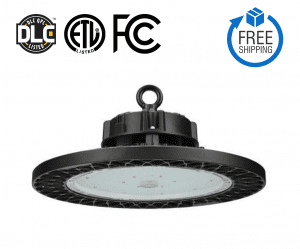Description
- Power Consumption : 4 W
- Input Current:100 mA
- Working Voltage: 120V / 277V 50Hz/60Hz
- Output Wattage : 1W
- Efficacy:0.86
- Battery:1.2V
- Recharge Time:24 Hours
- Emergency Duration:≥90 Mins
- Working Temperature :0ºC ~ 40ºC
- Certification :UL
- Warranty: 2 years
Specifications
| Working Voltage | 120/277V | 50Hz/60Hz |
| Efficacy | 0.86 |
| Power Consumption | 4W |
| Input Current | 100mA |
| Recharge Time | 24 hours |
| Output Wattage | 1W |
| Emergency Duration | ≥90 mins |
| Battery | 1.2V |
| Factory Setting | Double-face free parts in package |
| Environment | Damp |
| Working Temperature | 0ºC ~ 40ºC |
| Ceretification | UL |
| Cable | Input connect, no cable |
| Warranty | 2 years, limited |
Download Product Cut Sheet
Knowledge Base
What are the different types of emergency lighting?
1). There are two main types of emergency lighting: (i) emergency escape lighting; (ii) standby lighting (p. 2). Emergency escape lighting is defined as “that part of emergency lighting that is provided to enable safe exit in the event of failure of the normal supply”.
What are the two modes of emergency lighting?
Emergency luminaires come in two modes of operation: maintained and non-maintained.
What is the difference between maintained and sustained emergency lights?
Non-maintained lights turn on only during a power failure. Maintained lights work continuously and continue to illuminate during a power failure, enabling them to function as both a standard light and an emergency light.
What is the difference between escape lighting and emergency lighting?
A noticeable difference between the emergency and escape lighting is the operating time.. The escape lighting should have a longer operating time of 2 hours from the basic lighting failure. For the emergency lighting, the required time is at least 1 hour.






